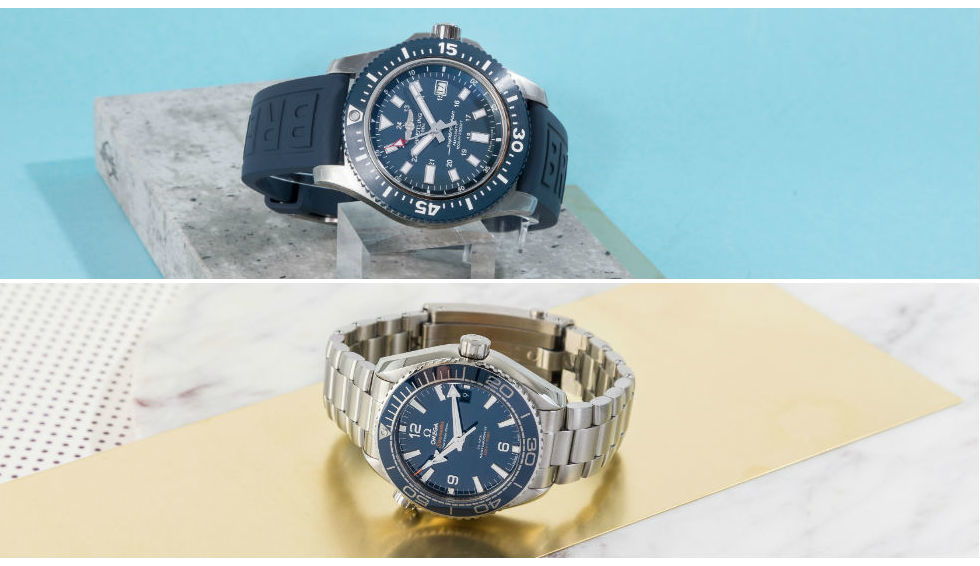
TOUGH CALL
In this installment of “Tough Call”, we plumb the depths of two notable dive watches – namely the Omega Seamaster Planet Ocean and the Breitling Superocean. Omega and Breitling are, for the most part, chalk and Swiss cheese. One screams luxury of the Le Locle variety, the other, no less luxurious, but more geared to the expeditionary – a gold-gilded Action Man, if you will. Yes, you’re unlikely to see Omega and Breitling in the same sentence – never mind the same showcase – but look closer, and these brands aren’t as dissimilar as you’d initially think.
It’s just a case of drilling down into key individual pieces. Instead of looking at both labels in their entirety, two watches – the Omega Seamaster Planet Ocean and the Breitling Superocean – are a rare instance of synergy between the two. Obviously, we hear you say, they’re dive watches. Which is true. However, both could be considered more siblings than they are distant cousins, with several points of comparison in terms of technicality.
Note we say siblings and not identical twins. For every similarity, there are several stark differences that could be viewed as strengths or weaknesses: it all depends on what you actually want from your ticker. So, to paint a fairer picture of the sibling rivalry, we’ve put the Omega Seamaster Planet Ocean and the Breitling Superocean head-to-head. A tough call, indeed.
1. History
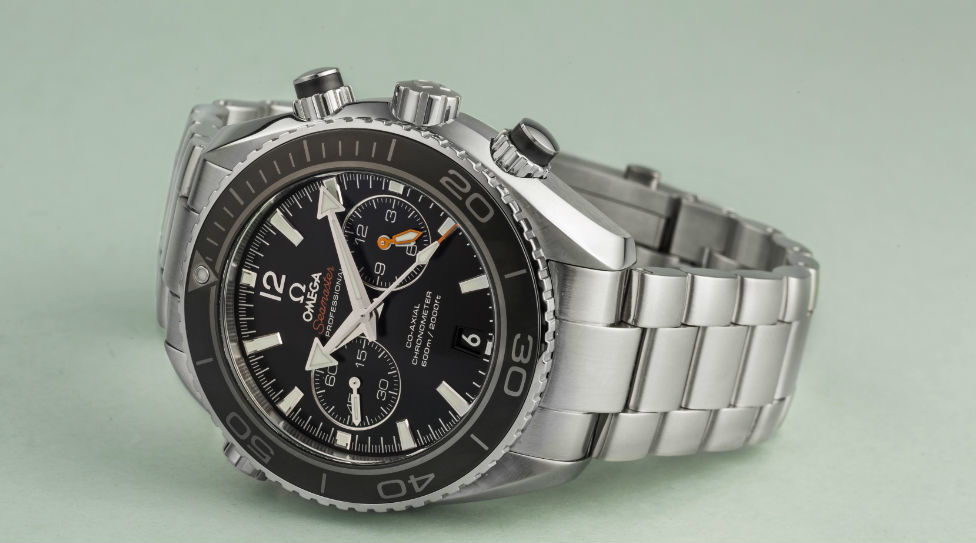
But first, to the beginning. Like all good comparisons, it makes sense to dust off the history books and see exactly where these landmark tickers came from. And no, the answer ‘Switzerland’ won’t suffice.
First developed in 2005, the Omega Seamaster Planet Ocean was seen as a direct descendant of the Seamaster 300 – one of the label’s first modern dive pieces. Since then, the Planet Ocean has been developed in a multitude of different sizes and colours with varying movements with every re-release. It’s become something of a preferred favourite of everyone’s favourite British spy too, appearing in Casino Royale and Quantum Of Solace. Yes, we’re talking about James Bond if you hadn’t guessed. This storied trajectory of the Planet Ocean has seen it heralded as one of the greatest dive watches of all time, which is no mean feat considering how many of these watches burst onto the scene every single year.
A hard act for the Breitling Superocean to follow for sure, but equally, this robust watch stands on its own two lugs. Until the 1950s, the manufacture was better known for crafting iconic aviation watches – arguably a portfolio Breitling is still most renowned for – yet the Superocean was a bold declaration that it could do dive watches just as well. Released in 1957, the piece has been fine tuned over the years to withstand frankly ludicrous water pressure, and the brand commemorated the piece in 2007 with a special 50th anniversary model. If limited edition is slightly out of your price range though, you can settle for the mainline family in case sizes ranging from 42mm to 46mm.
2. Features

As dive watches, there are more features that unite both than what divides them. There’s a unidrectional bezel, Super-Luminova indices for added legibility and the choice of an interchangeable rubber strap – all part and parcel by very virtue of their classification. And of course, there’s a sizeable water resistance on them both. Know that differences do exist though, and that they’re notable enough to sway your choice.
The Seamaster Planet Ocean boasts a dial and a bezel made from ceramic: a costly material enhanced by Liquidmetal and Ceragold numbers and scaling. These materials, trademarked by Omega, were developed especially to reinforce Omega’s watches while making them more visually appealing. What’s more, the 43.55mm Planet Ocean 600 M Omega Co-Axial Master Chronometer GMT (215.33.44.22.01.001) possesses the Manufacture’s first bi-ceramic bezel – a contrasting black and white ring to separate daytime hours from those of the night. The Planet Ocean watches are equipped with a helium escape valve. This feature enables the watches to function properly at a great depth, 600 m and up to be precise, for an extended period of time, which also makes it the perfect companion for next epic diving trip.
The Superocean isn’t coated in fancy Ceragold TM like the Planet Ocean. It is robust, though. The water resistance of a Superocean watch starts at 200 m with the Superocean Chronograph (A13311D1/C971/161A) and it can go up to a respectable 1000 m with the Breitling Superocean 44 Special (Y1739316/C959/158S/A20SS.1). Then, there’s either a steel mesh bracelet or a perforated rubber strap – a slight pivot from the usual thick, gym-friendly watches we’re used to. Here’s a watch that does exactly what it says on the tin.
3. Aesthetics

Aesthetics: quite possibly the biggest point of similarity between the Omega Planet Ocean and the Breitling Superocean. While there’s little wiggle room to toy with the conventions of a dive watch, it is possible to play with colour – especially when this type of ticker is largely seen as the more casual choice.
That said, the Omega Planet Ocean wasn’t quite the technicolor dream watch until the Co-Axial 2208.50.00. This particular model rejigged the classic design with a bright orange bezel and matching Arabic numerals, firmly proving that Omega was just as au fait with the ‘fun’ side of horology as it is the high end luxury stuff. Other than that, the Planet Ocean plays it largely safe: traditional black, blues and minimal branding. Not that there’s anything wrong with classic, of course.
The Breitling Superocean isn’t that different. Although true to form, the manufacture goes bigger on the branding and detail than Omega. Breitling is as Breitling does. Chronometer details are proudly displayed on the dial (and why shouldn’t they be), while some models like the BRL 187 go full wrist trophy with a gold-plated case and a full circulation of Roman numerals to the bezel too. If you’re dropping four figures on a luxury timepiece, it can makes sense to invest in the noticeable.
4. Movement
Not only are Breitling and Omega handsome, it isn’t all about looks. Each brand is renowned for superior engineering inside the shell as chronometres, and this is where the competition cuts close.
Several movements have powered the Omega Seamaster Planet Ocean since its inception, but with every new model, it has gradually improved as the manufacture develops its in-house movements. The 43.5mm GMT for instance, houses a brand new Master Chronometer GMT 8906 – a precise, much lauded movement that has continued to propel the Seamaster Planet Ocean into the current decade.
Meanwhile, the Breitling Superocean 42 harbours a Caliber 17 – an ETA-2824 movement that is not manufactured in-house. While engineering created and pioneered by a brand itself is preferential, Breitling has outsourced the job of ticking along to ETA: a Swatch Group-owned company that creates movements on behalf of several big watch brands. It might not quite be Omega material, but the Superocean still poses some commendable machinery.
Conclusion

There’s little hope of converting bona fide Breitling or Omega fans to the opposite camp. Those passions run deep. However, for all the horological undecideds, it can be a tough call indeed.
It all depends on what you want. Omega does classic luxury very well – timepieces that make statement without all the bells and whistles. Muted dressers would do well to make for the Omega Seamaster Planet Ocean then, as, for a dive watch, it remains relatively subtle.
For others, subtlety will never suit when you’re making a big investment. And if that’s your mindset, the Breitling may be your best bet. The label has never shied away from making a big statement, and fortune certainly favours the bold.
Tough call for sure, but we love both equally. You however, may have well made up your own mind.
Do you have any questions about these brands?
contact us

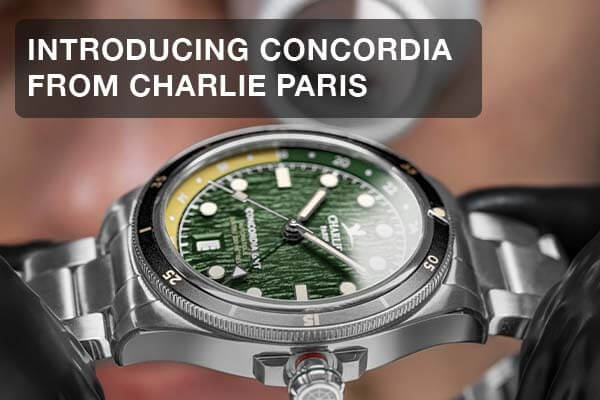
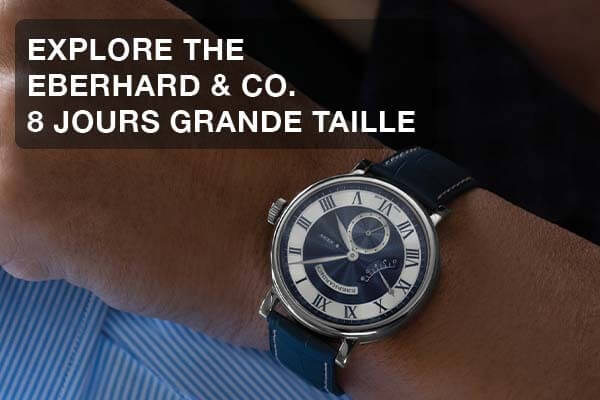
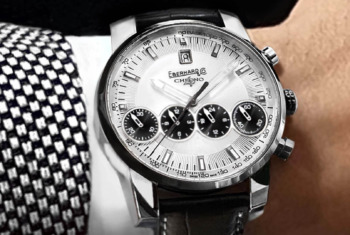
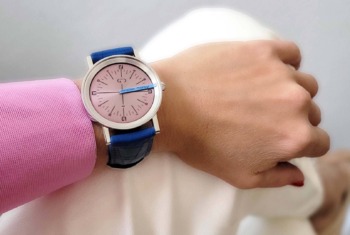

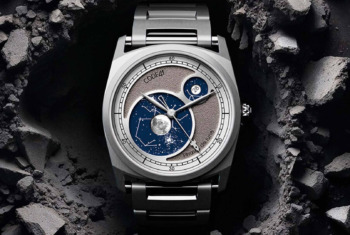
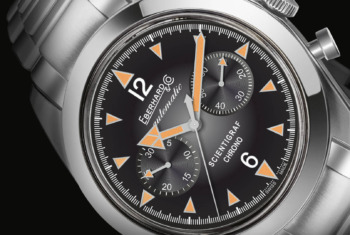
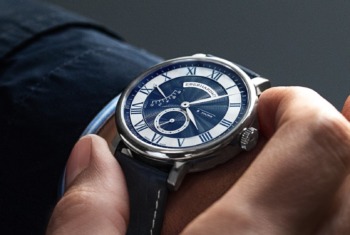
This isn’t really tough, if you look at used prices the Super Ocean goes for half the money of the Planet Ocean. Omega has the far better movement (in house).
Omega all the way if you can afford it.